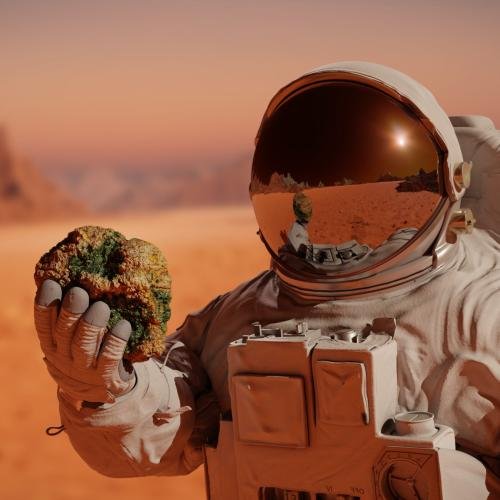Table of contents [Show]
The Chemistry of Love: The Secret Formula of Hearts
Love has always been a complex and fascinating emotion that has captivated poets, philosophers, scientists, and ordinary people alike throughout history. But what is the mystery behind love? Why do we fall in love with someone, and how does this feeling arise? The answer to these questions lies not only in romance but also in biology and chemistry. Love is, in fact, a complex chemical process that operates deep within our brains and bodies. In this blog post, we will explore the chemistry of love—the secret formula of hearts.
The First Step of Love: Attraction
The chemistry of love begins with attraction. The instant attraction we feel when we see someone is actually linked to the release of neurotransmitters like dopamine, oxytocin, and serotonin in our brains. Dopamine activates the brain's reward system, giving us a sense of pleasure. When we make eye contact with someone or see their smile, dopamine levels increase, making us want to spend more time with that person.
During this process, a chemical called phenylethylamine (PEA) also comes into play. Phenylethylamine, known as the 'love molecule,' accelerates our heart rate and causes our palms to sweat. These biological responses create a kind of ‘love intoxication,’ which further draws us to the person.
Bonding and Trust: Oxytocin and Vasopressin
After the initial attraction phase, relationships deepen, and the bonding process begins. At this point, oxytocin and vasopressin come into play. Oxytocin, commonly known as the "cuddle hormone," is released during physical contact and strengthens bonding. Close contact such as kissing, hugging, and touching increases oxytocin levels, making us feel a deeper sense of trust and closeness with the person.
Vasopressin, on the other hand, is another hormone that plays a crucial role in the bonding process. Studies have shown that vasopressin enhances feelings of loyalty and commitment, especially in long-term relationships. This hormone is more associated with the feeling of long-term attachment rather than the intense passion felt at the beginning of a relationship.
The Lasting Power of Love: Endorphins
The intense excitement and passion we feel during the early stages of love gradually give way to a calmer and more balanced form of affection. During this transition, endorphins come into play. Endorphins are the body's natural painkillers, giving us a sense of peace, relaxation, and happiness. In long-term relationships, endorphins create emotional bonding and a sense of security between partners, ensuring the longevity of love.
Beyond Chemical Processes: The Philosophy of Love
Of course, love is not just a series of chemical processes. Love is also an experience that lies deep within the human soul. While these chemical processes help us understand love, they do not fully explain what love truly is. The chemistry of love shows us the physical and biological aspects of the process of falling in love, but it cannot entirely grasp the magic and depth of love.
In conclusion, the chemistry of love is complex and fascinating. The secret formula of hearts is shaped by neurotransmitters and hormones operating within our brains and bodies. However, love is one of the deepest and most meaningful emotions of human existence, transcending these biological processes. Perhaps the greatest mystery of love is that we cannot fully understand it, which makes love all the more enchanting.













